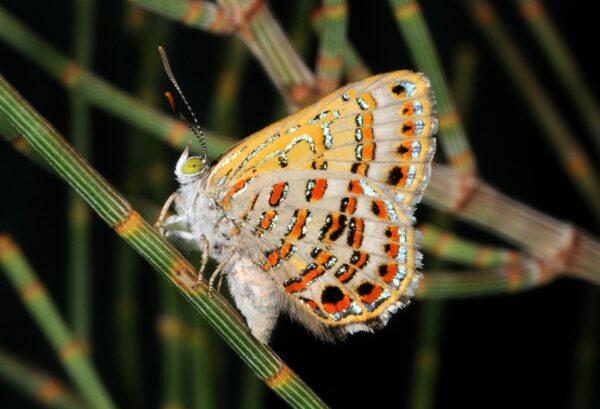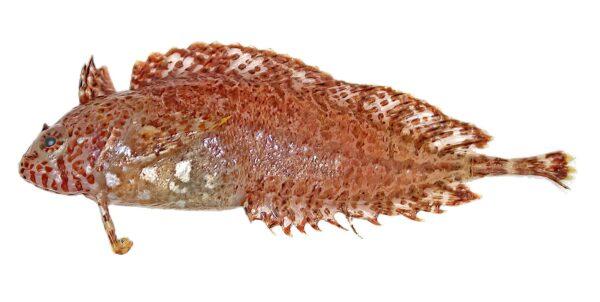“With only about 25 percent of Australia’s species known to science, scientific names are vital for researchers, governments, and the community to better understand the nation’s vast ecosystems,” the statement reads.
“The ecological requirements for this beautiful butterfly are very narrow, which is probably why it is so rare,” CSIRO Entomologist David Yeates said.
“The ants protect the caterpillars from predators and receive a sugary gift from the caterpillars, a win-win for both species.”

CSIRO researchers have also discovered four new species of brightly coloured Marine fish, which are rare because they live deep where divers do not normally go. Among them, Tosana longipinnis (Longfin Threadtail Anthias) lives in waters 62 to 252m deep from the central Queensland coast to the central NSW coast.
The new Heteroclinus argyrospilos (Silverspot Weedfish) was described from only two known specimens collected from south-western Australia by researchers on the former CSIRO Research Vessel Southern Surveyor in 2000 and 2005.
“The Weedfish were found 55 to 100 metres below sea level, which is interesting because they live deeper than other known members of the genus,” said CSIRO scientist John Pogonoski, who helped name four new species of marine fish.

Most scientific papers about the newly named species involved authors from multiple scientific collections and universities across Australia and overseas.
“Working together with our research community to name species is incredibly important – it is the first step in Australia understanding and managing its biodiversity,” Yeates said.
“As a country, we are still in the very exciting phase of species discovery.”




